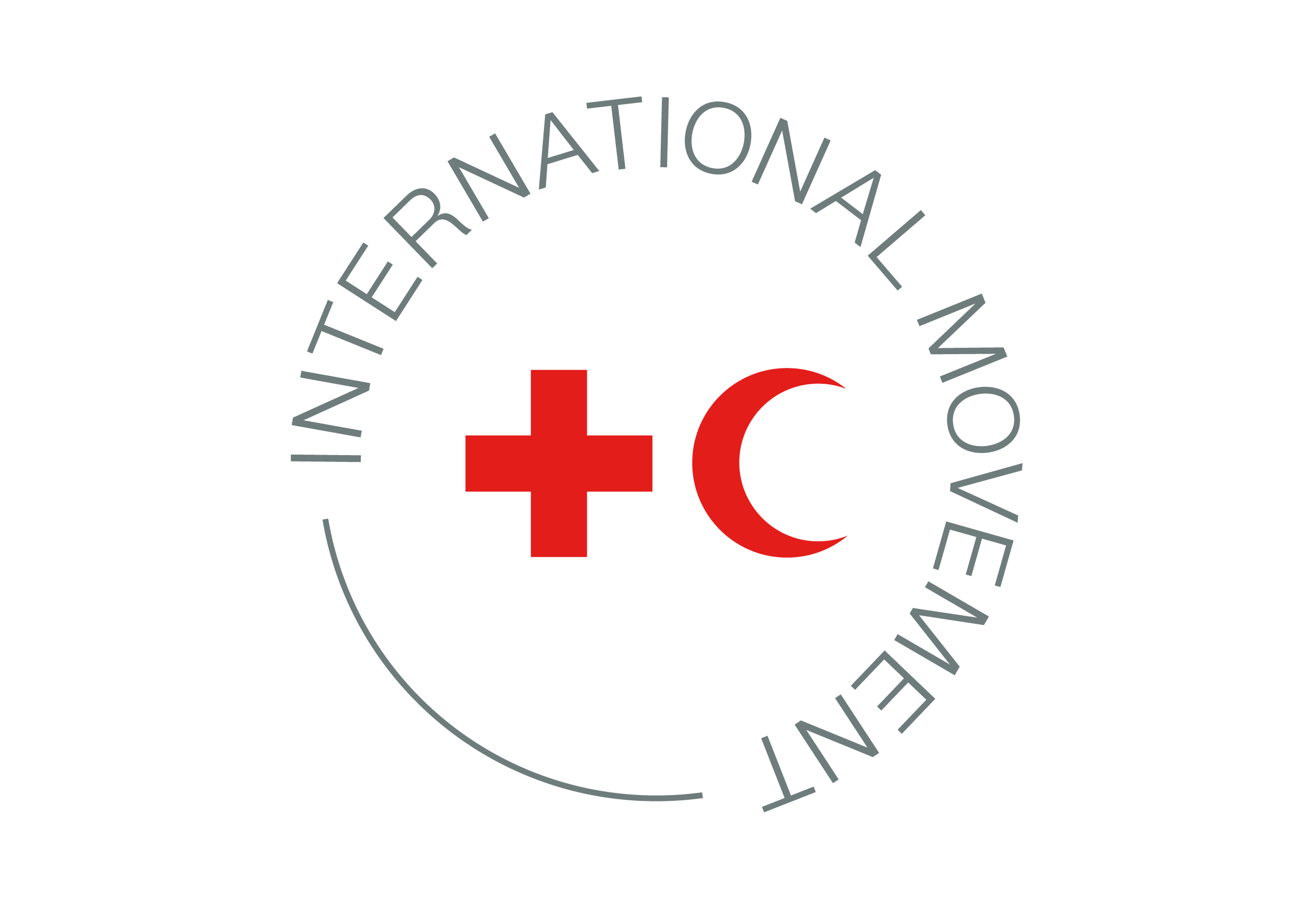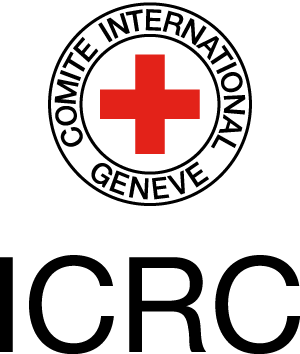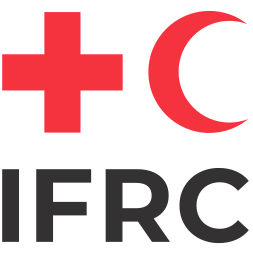INTERNATIONAL MOVEMENT
International Red Cross and Red Crescent Movement is the largest humanitarian network in the world. Following the principles of neutrality and inseparability, the Movement assists the victims of emergencies and armed conflicts.
The Movement unites more than 100 million of members, volunteers and staff of 191 national societies. It consists of three components:
- International Committee of the Red Cross (ICRC)
- International Federation of the Red Cross and Red Crescent Societies (IFRC)
- 191 National Societies of the Red Cross


International Committee of the Red Cross
The International Committee of the Red Cross, which was founded in 1863, operates all over the globe, helping people affected by conflicts and armed violence, as well as raising awareness on the laws that protect the victims of war. As an independent and neutral organization, it has a mandate which is provided mainly by the 1949 Geneva Conventions. The ICRC is headquartered in Geneva, Switzerland, and employs approximately 14 thousand of people in more than 80 countries around the world. It is financed mainly by voluntary contributions of the governments and the National Societies of Red Cross and Red Crescent.

International Federation of Red Cross and Red Crescent
International Federation of Red Cross and Red Crescent (IFRC) is a global humanitarian organization that coordinates and provides international assistance to the places of natural and man-made disasters in peacetime. Its mission is to ensure easier life conditions for the vulnerable people by mobilizing the power of humanity.
IFRC cooperates with the National Societies in responding to disasters around the world. RC rescue operations also have a development component, including programs of response to emergencies, programs for health care and protection, promotion of humanitarian values.
In particular, the Federation supports the programs to reduce the risks and to combat the socially dangerous diseases, such as HIV, tuberculosis, avian flu and malaria. The organization also combats discrimination and violence, raises awareness on human rights and provides assistance to migrants.
National Societies
191 National Societies of Red Cross and Red Crescent Societies around the world form a unique network of the International Red Cross and Red Crescent Movement.
Operation of each national society is maintained by the professionals and volunteers who provide a wide range of services starting from emergency response and assistance to victims of war and ending with first aid trainings and restoration of family links.
National Societies cooperate with the authorities as independent partners, assisting the Government in implementation of the humanitarian policy. Their local knowledge and experience, work with the community and wide infrastructure gives possibility for the Movement to respond quickly to the needs of people and to provide operative assistance.
The volunteers of National Societies are often the first to respond to the consequences of emergencies and help the affected people until additional support arrives. A wide network of volunteers and staff plays an essential role in support of various programs that are implemented on a permanent basis.
